How Students Can do Hands-On Science Safely at Home
For science teachers, one of the biggest challenges right now is planning lessons that engage students in blended and remote learning environments. When you consider hands on science, it begs the question: How do we make it safe for students to do science experiments at home?
First thing, of course, is to use only every-day household items, not dangerous chemicals. WeAreTeachers, a virtual teacher’s lounge that shares resources to inspire and support educators, looked to experienced science teachers for lab safety tips and advice to ensure science experiments are safe, equitable, and fun, whether your students are learning at school or home.
Head over to WeAreTeachers to find out what they recommend to help keep your students safe.
[StartProductBlock]
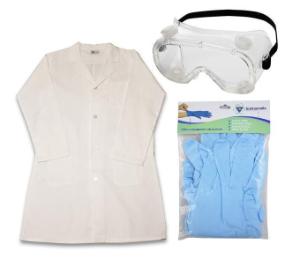
Safety Supply Kit
Perfect all-in-one safety kit for students. Various lab coat sizes available.
[EndProductBlock]
[StartProductBlock]
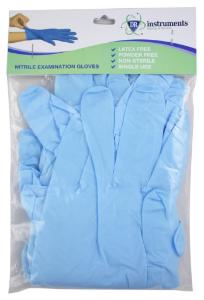
Nitrile Glove Student Packs
A smaller number of gloves, perfect for individual student use. Ten pairs of gloves per pack. Excellent sensitivity and dexterity. Powder-free nitrile exam gloves contain no natural rubber proteins and are 100% latex-free.
[EndProductBlock]
[StartProductBlock]
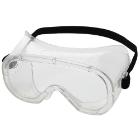
Goggles
Choose from a range of safety goggles to protect students in the lab.
[EndProductBlock]
[StartProductBlock]
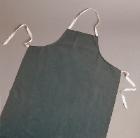
Lab Aprons
Choose from various sizes and materials of aprons resistant to chemicals, acids, and caustics.
[EndProductBlock]
[StartProductBlock]
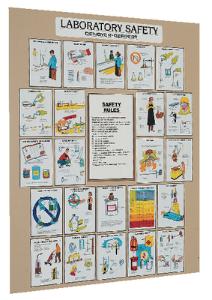
Laboratory Safety Chart
An essential set of safety rules in the lab. Several illustrated panels accompany the list of rules, showing correct safety practices and proper use of safety equipment, and cautions against improper technique.
[EndProductBlock]
[StartProductBlock]
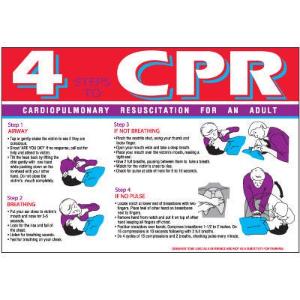
Safety Poster
These safety posters educate students and employees on proper emergency safety techniques.
[EndProductBlock]
